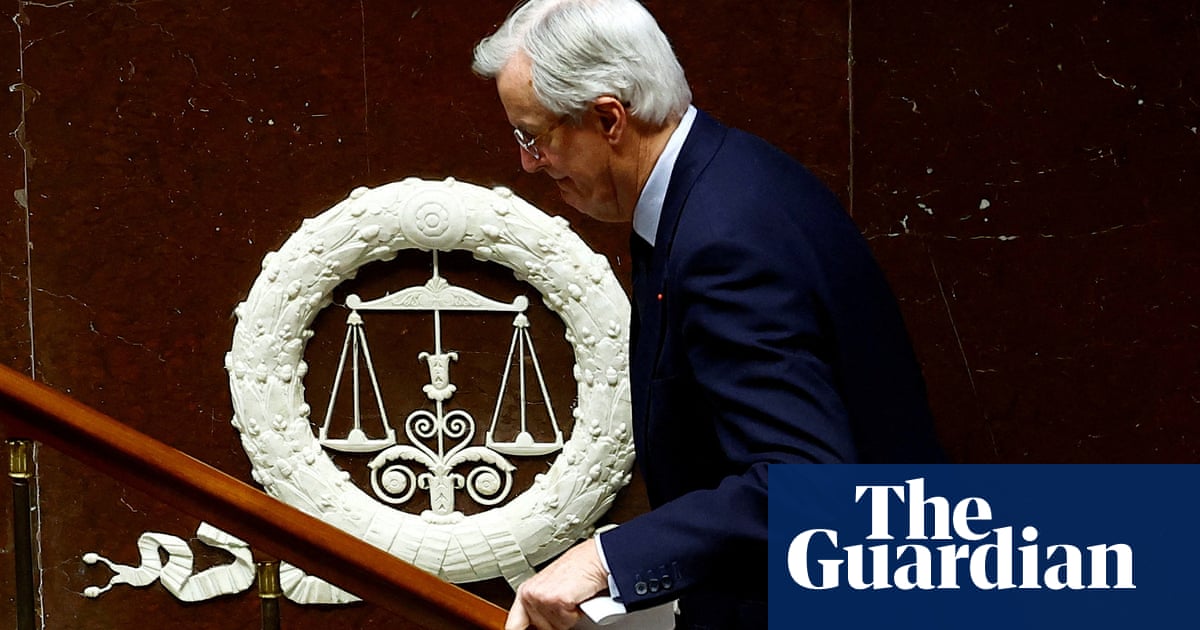The French parliament is expected to vote today on a no-confidence motion against prime minister Michel Barnier’s minority government.
Here’s the parliamentary arithmetic that explains how we got here and how the vote could play out.
Why couldn’t Michel Barnier pass his budget?
The crisis came to a head this week when France’s prime minister, Michel Barnier, was due to present part of his budget package for parliamentary approval. The government parties together form about a third of the Assemblée Nationale, and Barnier knew he could not pass his budget in the face of opposition from the two main other blocs, the left and far-right.
As this chart shows, a united government still falls far short of a majority in the Assemblée Nationale. This wouldn’t matter if enough other members abstained, but Barnier’s opponents had made it clear they intended to vote against.
Barnier could have allowed the bill to fail, and bought time, but he has two more of these bills to pass before December 20, and seems to have thought it better to bring the crisis to a head now.
He used a provision of the French constitution, article 49.3, which allows a government to pass some bills without the approval of the Assemblée. Doing so however immediately creates an opportunity for the deputies to bring a motion of no-confidence in the government.
Who is putting forward the no-confidence measure?
The leftwing alliance Nouveau Front Populaire (New Popular Front or NFP) had already said it intended to put down a no-confidence motion if Barnier used article 49.3 to pass his budget without a vote. But the NFP alone does not have the votes to pass a no-confidence measure, which needs a majority of the house (and not simply a majority of the votes cast).
As this chart shows, if other parties merely abstained, the leftist parties could not reach the 289 vote threshold needed to bring down the government.
Where does Marine Le Pen’s party factor into this?
Much of the focus this week has been on whether Marine Le Pen’s Rassemblement National (National Rally, or RN, the new name for the National Front) would vote with the NFP. Le Pen and her party have been extracting concessions from the prime minister, but seemingly not enough. Assuming the RN does join the NFP, Barnier’s government will fall.
With the combined votes of the leftist bloc and the RN (in theory not a natural alliance), the chart shows a motion could comfortably cross the 289 vote threshold:
Why is Barnier so committed to this bill?
France is running a budget deficit well beyond EU rules, and its government debt is similarly outsized in European terms and growing. Barnier says that without decisive action the country will lose the confidence of the markets, something borne out by the bond markets since the crisis started.
